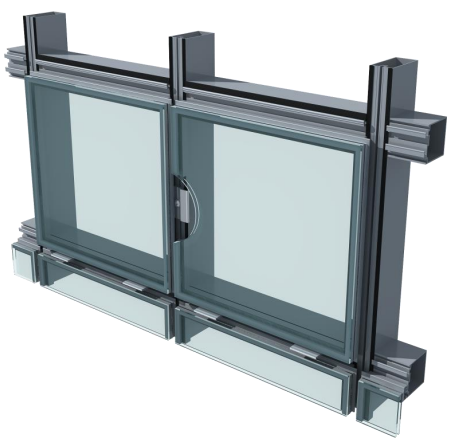

Understanding Borosilicate Float Glass Properties, Applications, and Advantages
Borosilicate float glass is a specialized type of glass known for its unique properties and versatile applications. This glass is primarily composed of silica and boron trioxide, which gives it distinct thermal and chemical resistance compared to ordinary glass. The manufacturing process of borosilicate float glass involves the floating of molten glass on a bed of molten tin, which results in a flat and smooth surface.
One of the hallmark features of borosilicate glass is its exceptional thermal stability. This type of glass can withstand extreme temperature changes without cracking or shattering, making it an ideal material for laboratory and kitchen use. For instance, borosilicate glass is commonly utilized in the production of laboratory glassware such as beakers and flasks, which require high resistance to thermal shock. This property allows chemists and researchers to safely perform their experiments by heating or cooling substances rapidly without compromising the integrity of the glassware.
In addition to thermal resistance, borosilicate float glass demonstrates impressive chemical durability. It is less reactive with chemicals than conventional soda-lime glass, which means that it does not easily break down when exposed to acidic or alkaline substances. This resistance to chemical corrosion is crucial in laboratory settings where glassware is frequently exposed to various reactive chemicals, ensuring longevity and reliability.
Borosilicate glass also offers a high level of clarity, allowing for excellent optical performance. Its high transparency and low distortion make it an ideal choice for scientific applications where precision and visibility are essential. Optical instruments, such as lenses and windows, benefit from the clarity borosilicate glass provides, as it ensures accurate readings and observations.

In recent years, the versatility of borosilicate float glass has expanded beyond traditional environments. The material is increasingly used in the design of modern kitchens and dining ware. High-quality cookware made from borosilicate glass, such as baking dishes and measuring cups, is favored due to its ability to handle drastic temperature changes, ease of cleaning, and aesthetic appeal. Additionally, its non-porous surface means that it will not retain bacteria or odors, making it a hygienic option for food preparation.
The manufacturing process of borosilicate float glass also emphasizes sustainability. The production methods often involve recycling materials, and the energy efficiency of the float glass process contributes to a lower environmental impact. As more industries and consumers focus on sustainable practices, borosilicate glass aligns with eco-friendly initiatives.
Another significant advantage of borosilicate float glass is its lightweight yet robust nature. This characteristic allows for ease of handling and transportation while maintaining strength and durability. Industries including automotive, construction, and electronics are beginning to take advantage of borosilicate glass in various components, where both lightweight and strength are paramount.
In conclusion, borosilicate float glass stands out due to its remarkable thermal and chemical resistance, clarity, and versatility. Its applications across various industries—from scientific research and culinary uses to modern architecture—highlight its importance in today’s world. As technology advances and the demand for sustainable materials grows, borosilicate float glass will undoubtedly continue to play a pivotal role in innovation and design, proving that it is not just a material of yesterday, but a key player for the future.